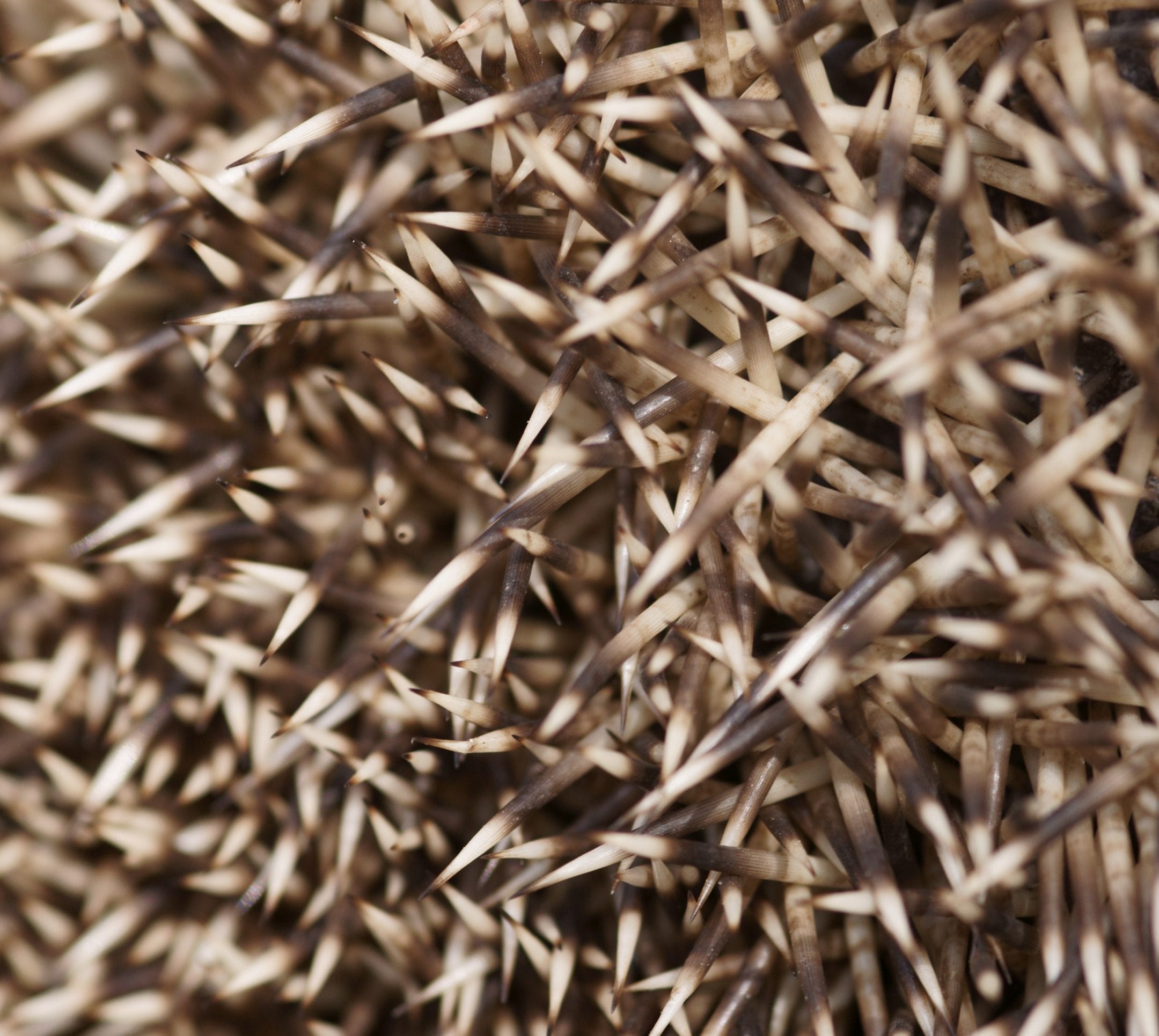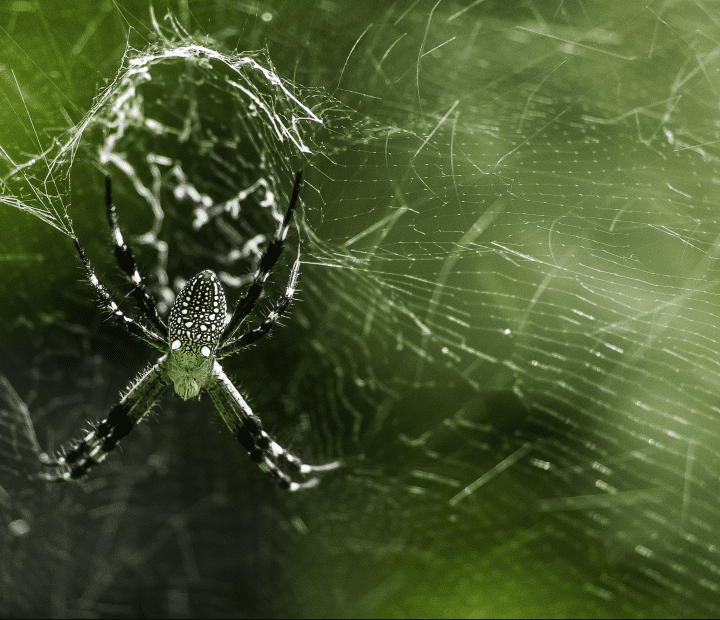Manage Impact
An impact is a high force or mechanical shock that happens over a short period of time, such as a hammer hitting a nail rather than a hand pushing slowly against a wall. Because of their speed and force, impacts don’t allow materials to slowly adjust to the force, which can lead to cracks, ruptures, and complete breakage. Therefore, living systems have strategies that can absorb, dissipate, or otherwise survive that force without the need to add large amounts of material. For example, the Toco toucan’s large beak is very lightweight, yet can withstand impacts because it’s made of a composite material with rigid foam inside and layers of a hard, fibrous material outside.
Manage Compression
When a living system is under compression, there is a force pushing on it, like a chair with a person sitting on it. When evenly applied to all sides of a living system, compression results in decreased volume. When applied on two sides, it results in deformation, such as when pushing on two sides of a balloon. This deformation can be temporary or permanent. Because living systems must retain their most efficient form, they must ensure that any deformation is temporary. Managing compression also provides an opportunity to lessen the effects of other forces. Living systems have strategies to help prevent compression or recover from it, while maintaining function. For example, African elephant adults weigh from 4,700 to 6,048 kilograms. Because they must hold all of that weight on their four feet, the tissues of their feet have features that enable compression to absorb and distribute forces.
Prevent Buckling
When a living system undergoes compression to the extent that it causes structural damage, it results in buckling. For example, if a person pushes down on the top or the side of a paper cup, the cup’s wall will eventually give way, or buckle. Although a living system could add material to strengthen a structure, this requires expending precious energy. Instead, it must use energy and materials conservatively to avoid buckling, strengthening structures through careful placement of materials to resist, absorb, or deflect compressive forces. For example, instead of one long, tubular stem, some plants like bamboo have stronger nodes scattered along their stems. When compressed, these nodes keep the round stems from taking on an oval shape that weakens the structure and could result in buckling.





